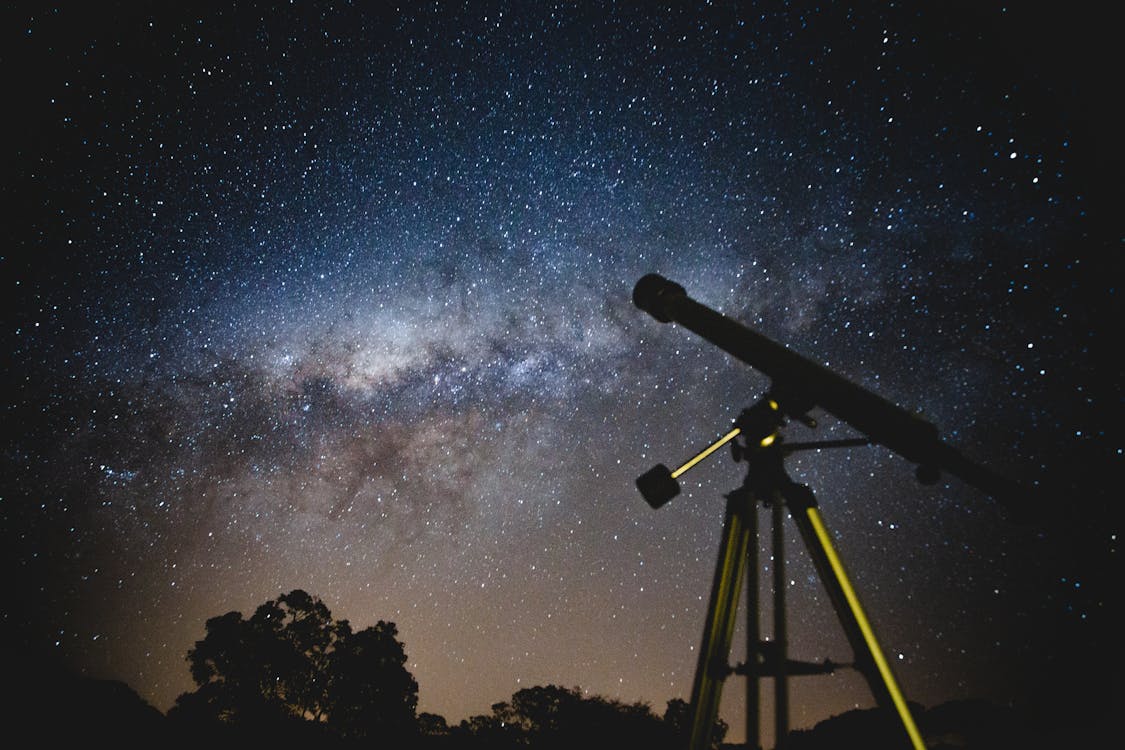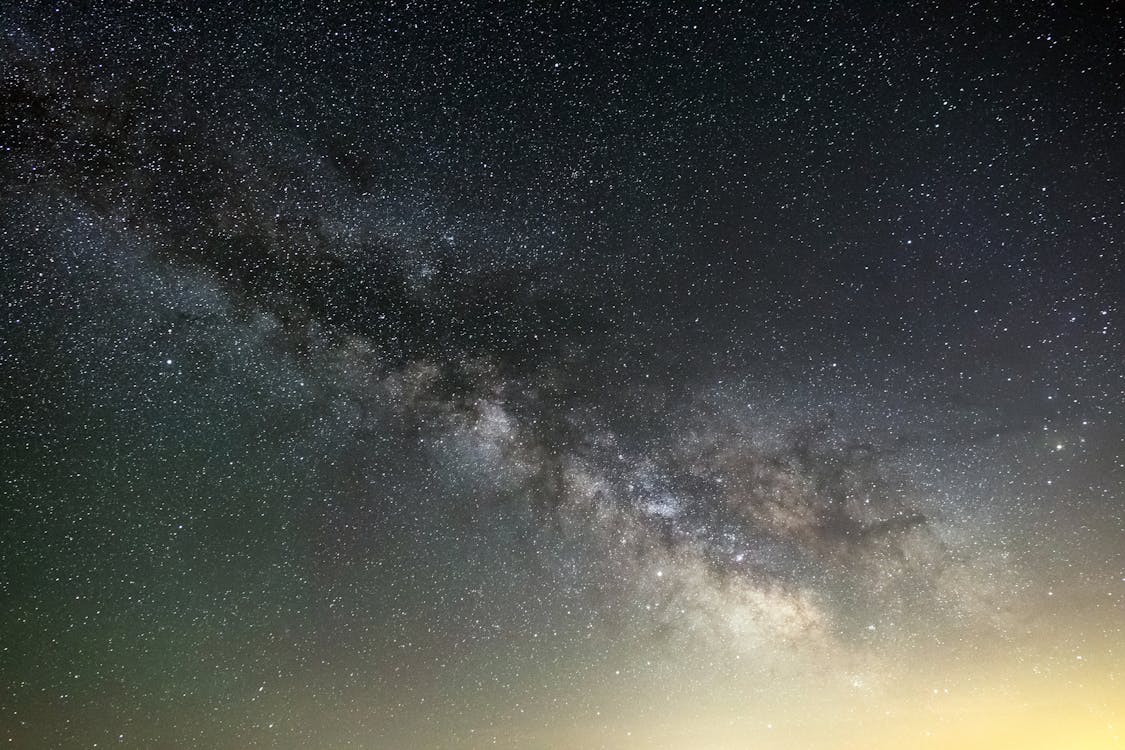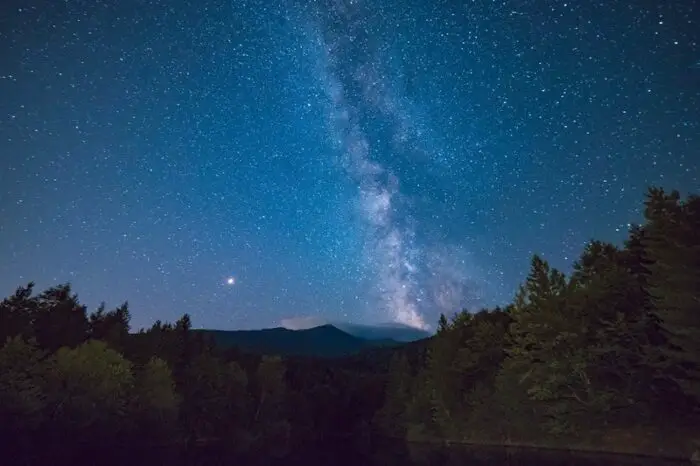The scientific community has been plagued by ludicrous assertions about anything from men on the Moon to planets that predict the world’s end.
What is Astronomy? The scientific study of celestial objects, including stars, planets, galaxies, and their phenomena, is known as astronomy. It investigates the cosmos beyond Earth, revealing its creation, composition, and evolution. Astronomers use observation, measurement, and theoretical models to comprehend the nature of celestial bodies, cosmic events, and the vastness of space.
Following the July 2022 publication of the first James Webb Space Telescope (JWST) images, which included a haunting deep field of galaxies, a stunning image of the Carina Nebula, the mesmerizing beauty of Stephan’s Quintet, and the Southern Ring Nebula, a flurry of additional space images quickly gained widespread popularity on social media. Étienne Klein, a French scientist, posted a photo of Proxima Centauri, the star nearest to the Sun, on Twitter then.
The picture was posted thousands of times on social media, and the reliable researcher confirmed that the JWST was responsible for taking it. However, only some things in the image were precisely as they seemed.
Proxima Centauri was not present at all. It was a black background and a relatively unremarkable slice of chorizo sausage (though I’m sure it was tasty).
When this was discovered, and in the face of significant outrage, Klein apologized for the incident, which was called “Chorizogate.” The researcher clarified that he intended to share the picture in response to the JWST photos’ widespread distribution and to “urge caution regarding images that seem to speak for themselves.”
I recall the iconic “cheese frier” — or below in Spanish — image offered as an image of our Sun, similar to the Chorizogate. Luz Angela Garcia, a postdoctoral cosmology researcher at the Universidad ECCI in Bogotá, Colombia, informs astronomy. Although the likeness is uncanny, and I thought it was rather humorous, such forgeries might make people less trusting of professional astronomers.
There is nothing wrong with remarking that a piece of chorizo’s pattern resembles a high-resolution image of an astronomical object, continues Garcia. Presenting the latter as an actual astronomical image needs to be corrected.
As Chorizogate aptly illustrates, the development of the internet and the growing reliance on social media for news have made it incredibly simple to spread both natural science and false information.
However, it would be incorrect to assume that astronomy-related frauds are only a thing of the internet era. Even the most trustworthy sources have contributed to the perpetuation of such lies for a lot longer than that.
The Big Moon Swindle
The New York Sun published six stories starting in August 1835 that would later serve as the basis for one of the most famous astronomy hoaxes of the modern era. The publications described alleged discoveries made by reputable astronomer Sir John Herschel, who visited the Cape of Good Hope in South Africa in 1834 to catalog the stars in the Southern Hemisphere. But according to the serialized account, the English astronomer observed something completely different.
The Sun said that Herschel observed flora, white sand beaches, bison-like creatures, and even a chain of pyramids on the Moon using a telescope lens that was 24 feet (7.3 meters) in diameter, at least six times larger than the most significant equipment available at the time. In a later essay, the lunar fauna was expanded to include miniature zebras, reindeer, and even two-legged beavers.
The newspaper’s fourth item, which stated that Herschel had discovered winged humans on the Moon that were known as “Vespertilio-h--o” or man-bats, was the one that stole the show. The “news” was widely publicized again all across the world.
According to astronomy professor Andrew Fraknoi of the University of San Francisco’s Fromm Institute for Lifelong Learning, “The Great Moon Hoax of 1835 is a fantastic example of what happens when the media don’t exercise their journalistic responsibility to check stories for factual accuracy, or even engage in a hoax on purpose.
Richard Adams Locke, an English writer and editor, admitted writing the series and said he did so with satirical intent. He asserted that he had grossly overestimated the public’s capacity for credulity by writing what were essentially science-fiction narratives and tall tales.
The War That Never Was

An alien invasion was shown in a War of the Worlds radio dramatization broadcast in October 1938 as news reports. It wasn’t a fake on purpose, but it might have made some people anxious.
The program was a Mercury Theatre on the Air segment, a 17-week CBS series by Orson Welles. Based on the identical 1898 H.G. Wells novel, the story premiered the week before Halloween with a proclamation that it was a work of fiction.
War of the Worlds has prompted at least some listeners to call their local police departments, newspaper offices, and radio stations, even though these variables should have been dead giveaways.
It’s unclear how many people responded, but regardless of the severity, newspapers claimed that the play had sparked “nationwide hysteria.”
It’s possible that the print media’s response was exaggerated. Numerous publications used the incident to criticize radio producers and provide warnings about the medium as a whole, which was becoming more and more well-liked as a source of news. This opinion was arguably best expressed by the trade publication for the newspaper business, Editor and Publisher, which stated in the broadcast: “The nation as a whole continues to face the danger of incomplete, misunderstood news over a medium which has yet to prove… that it is competent to perform the news job.”
??For the remainder of his life, Welles allegedly had to answer questions about his involvement in a hoax about a space invasion. According to Smithsonian Magazine, his responses eventually changed from denials of guilt to sarcastic statements that he was well aware of the impact the broadcast may have on the general population.
Planet Nibiru and the year 2012
By the early 2000s, there were widespread allegations on the internet that in December 2012, a planet roughly four times Earth’s size, called Nibiru (also known as Planet X), would collide with it, destroying all life on Earth.
The advent of this purported planet was connected to other end-of-the-world predictions, such as Nostradamus’ predictions and the purported 2012 Mayan calendar end.
Undoubtedly, December 2012 is not the end of the Mayan calendar. Instead, 2012 heralds the conclusion of one supposedly “long count” and the start of a new one. Regarding the planet, the predestined collision, of course, never happened.
The truth is that astronomers never gave it the slightest thought.
Jeff Mangum, a researcher at the National Radio Astronomy Observatory in Charlottesville, Virginia, believes that the “Nibiru story began with claims that Nibiru, a planet purported to have been discovered by Sumerians as documented in ancient Sumerian texts, was headed towards Earth in 2012.”
Nibiru doesn’t exist. One of the many hoaxes that spread false information by using inaccurate or misinterpreted astronomical data is the myth of Nibiru.
Additionally, there is no proof that Nibiru, which author Zecharia Sitchin claims orbits the Sun once every 3,600 years in several of his books, even exists. According to a 2009 article in Astronomy Beat by NASA Astrobiology Institute Senior Scientist David Morrison, the Sumerians left relatively few astronomical records. They needed to be aware of Uranus, Neptune, or Pluto as a society. Furthermore, it’s unlikely that the Sumerians knew the planets orbited the Sun.
I believe that astronomers have advanced to the point where we can present compelling evidence that Nibiru does not exist, said Morrison. In our solar system, “a large planet (or a brown dwarf) would have been known to astronomers for many years, indirectly from its gravitational perturbations on other objects and by direct detection in the infrared.”
Be wary of unreliable space reports.

Even while many of these hoaxes and occurrences are humorous, Garcia warns that there is a possibility that they can mislead and confuse those who are not familiar with astronomy. She feels that this might potentially harm astronomy as a branch of study.
“It undermines the credibility of both scientists and science communicators. People are left with the impression that their taxes are not being utilized wisely and that the cash allocated to science and technology is not being used to achieve worthwhile goals because of fakes like Chorizogate, according to her.
Although Garcia admits that social media is a powerful and effective instrument for fast disseminating information and reaching a broad audience, she contends that because of its effectiveness, we now need to be more vigilant than ever about spotting hoaxes.
According to Garca’s conclusion, “Social media managers and science communicators hurt ongoing outreach efforts of science journalists and scientists themselves around the world if they don’t verify their sources or purposefully present fake facts.” “Great power comes with great responsibility.”



